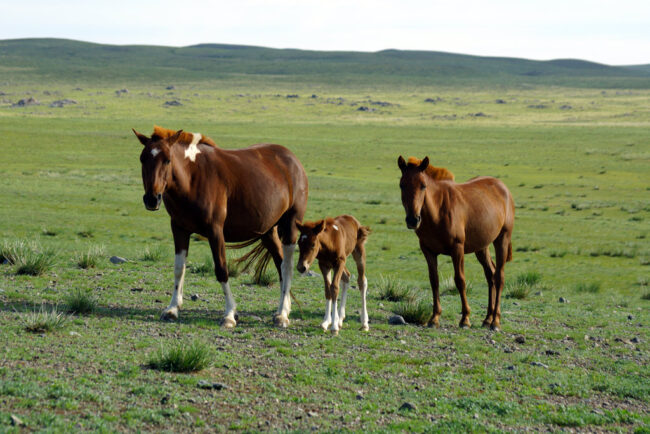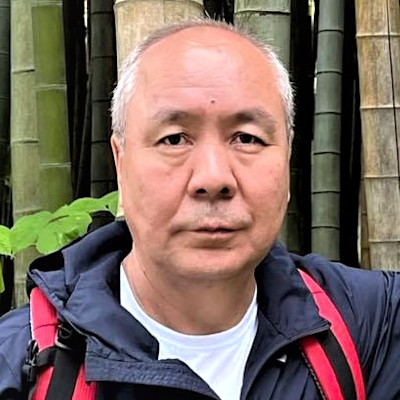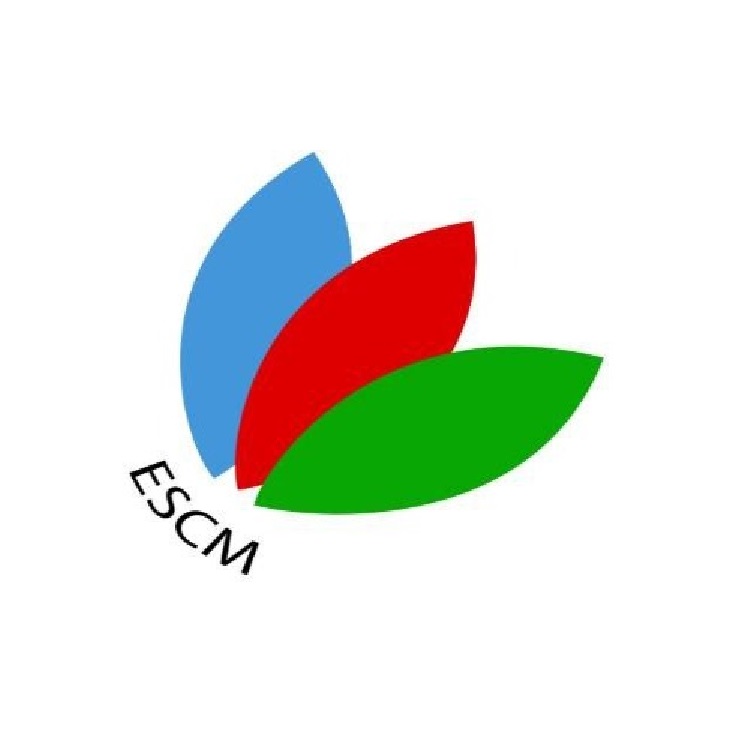Mongolia
Mongolia is located in the east Asia with area of 1.56 million km2 and population of 3.5 million. Mongolia is a landlocked country bordered with China on the south and Russia on the north. Administratively, Mongolia is divided into the capital city, provinces and counties.

The capital city, Ulaanbaatar, is the main administrative, political, economic and industrial centre with a population of approximately 1.4 million, which is nearly half of the country’s total population. There are 21 provinces in Mongolia and each province consists of 13-27 counties.


Major environmental problems in the country
Mongolia’s unique landscapes support rich natural resources and rural livelihoods. However, economic growth and a growing population, combined with impacts from climate change, are contributing to the decline of its natural resources, including forest and water; and causing air, soil, and water pollution. The urban areas of the provincial and county centers generally have centralized heating, water supply, and wastewater infrastructures. The main energy source in these urban areas is raw coal, which is a potential source of lead, mercury, arsenic, chromium and other heavy metals, and possibly radiation (depending on the geological conditions of the coal deposits in Mongolia). Mining activities, tanneries and small-scale industrial plants such as steel ball forgery and coal processing appear to be the main sources of pollution in province centers.



